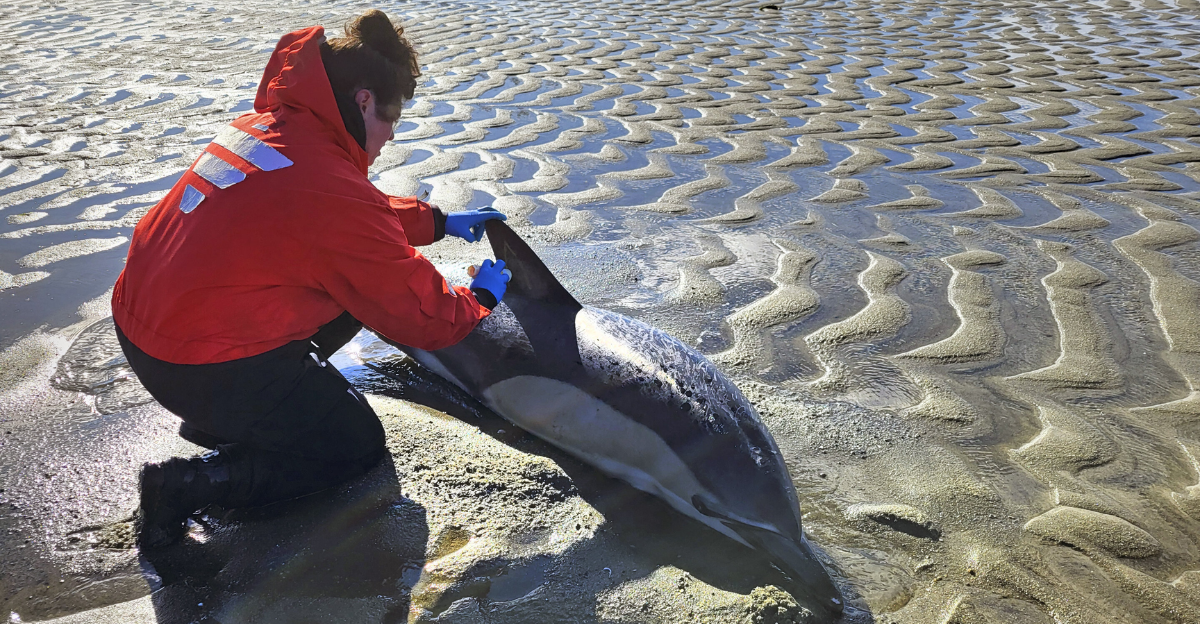
For dolphins, the “point of no return” is a crucial threshold that, once crossed, makes population recovery impossible and signals the start of an irreversible decline toward extinction. For many dolphin populations around the world, this is now a harsh reality rather than a theoretical idea. According to recent studies, habitat loss, pollution, climate change, and human exploitation are the leading causes of the catastrophic declines observed, particularly among river and coastal dolphins.
Based on ecological theory, the term “point of no return” refers to a situation in which population dynamics plunge into an extinction vortex, which consists of negative feedback loops of genetic erosion, infertility, and elevated mortality. Multiple interrelated stressors fuel this vortex for dolphins.
Historical Development: From Plenty to Quick Decline
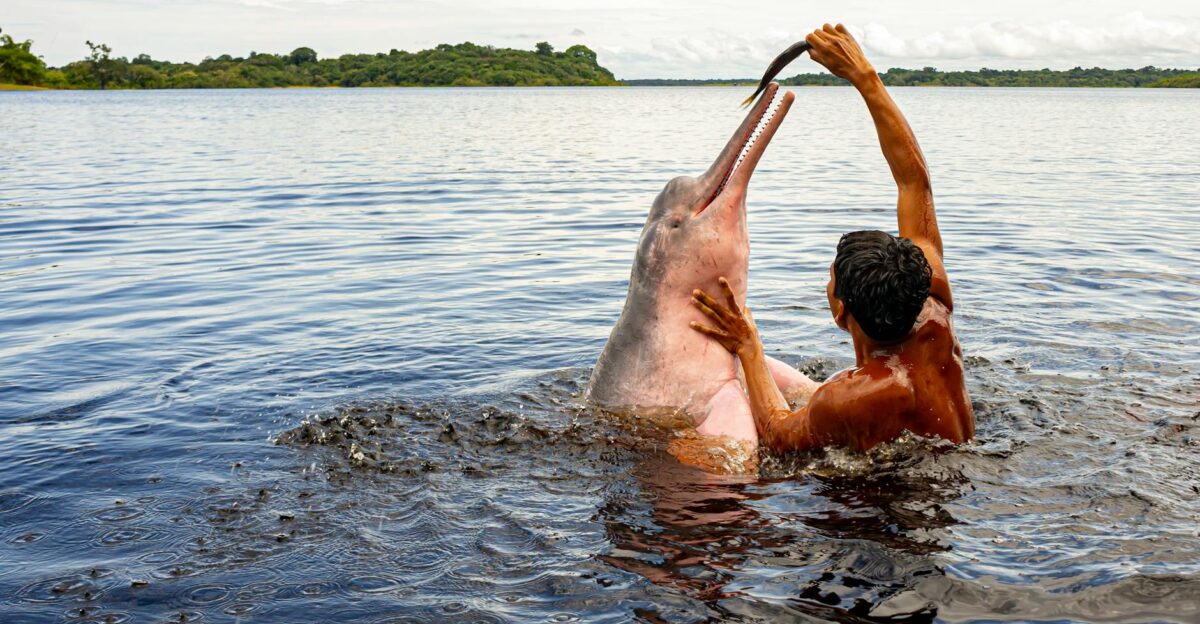
Both freshwater and marine dolphin populations have historically been robust and numerous throughout their ranges. In the past, river dolphins like the tucuxi (Sotalia fluviatilis) and boto (Inia geoffrensis) were common throughout the Amazon basin. However, during the last forty years, these populations have decreased by half every ten years, which is one of the worst decline rates for cetaceans since the beginning of modern whaling.
The increase in human activity in aquatic environments has been a defining factor in the decline of dolphins throughout history. Large-scale infrastructure projects, urbanization, and industrialization have disturbed breeding grounds and fragmented habitats. For instance, the estuarine habitats that are essential for Chinese white dolphins have been negatively impacted by land reclamation and the building of the Hong Kong-Zhuhai-Macao Bridge.
Environmental Stressors: Overfishing, Pollution, and Climate Change
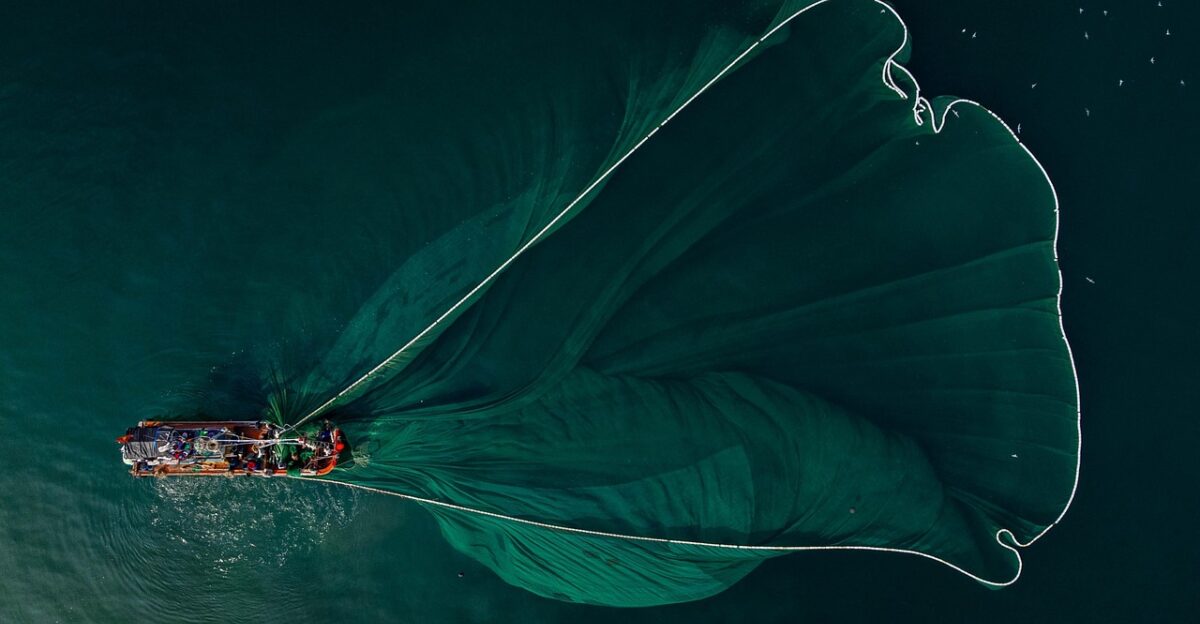
Dolphin decline is made worse by a confluence of environmental stressors. Because ocean temperatures and currents are changing due to climate change, dolphins are being forced to change their ranges in search of prey, frequently into less suitable or dangerous habitats.
These stressors have a complex and multidimensional combined effect. Dolphins’ ability to use echolocation for navigation and hunting is hampered by noise pollution from industrial and marine traffic, which increases stranding and mortality. Chemical contaminants damage the immune and reproductive systems of dolphins by bioaccumulating in their tissues. Because there is less prey available due to overfishing, dolphins must use more energy foraging, which lowers the success rate of reproduction.
Population Sizes and Reproductive Issues in the Demographic Collapse
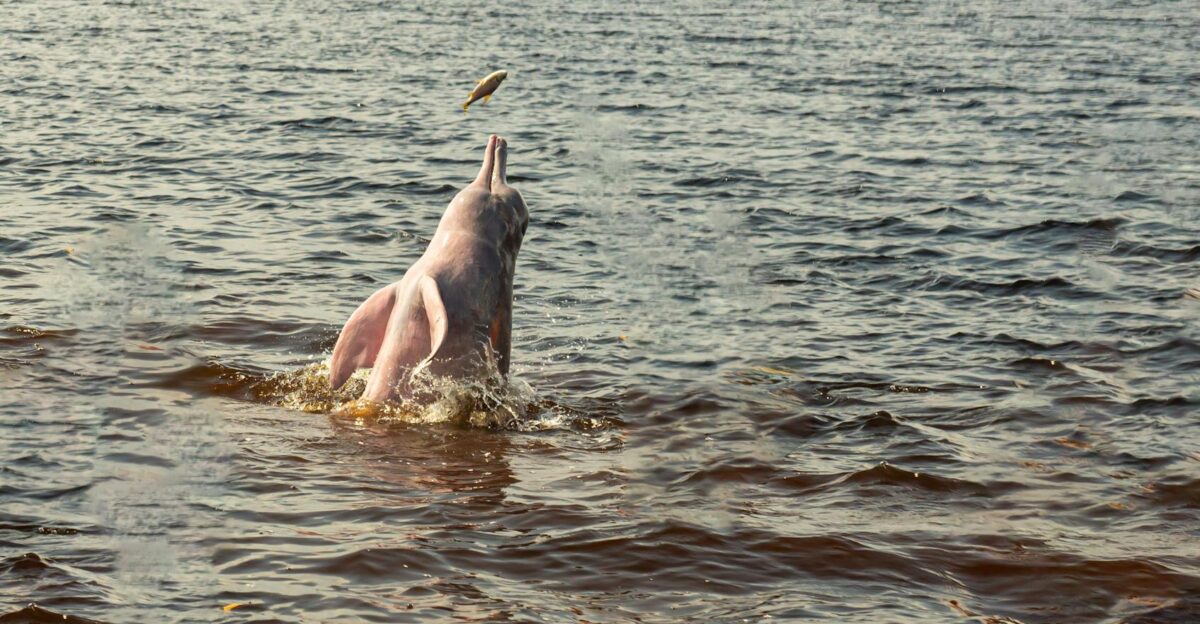
According to the demographic data, dolphin populations are declining at a rate that makes a natural recovery impossible. Because female dolphins only give birth to one calf every four to five years, the number of freshwater dolphins in the Amazon basin is decreasing by half every ten years, which restricts the potential for population growth.
Slow rates of reproduction and high calf mortality associated with environmental degradation are contributing factors to this demographic collapse. The lengthy gestation and interbirth periods of female dolphins result in naturally sluggish population recoveries. Tragic incidents like the newborn “Hope” dolphin, who lived for just two weeks in Hong Kong waters, demonstrate how environmental stressors like pollution, noise, and habitat loss lower calf survival.
Social and Cognitive Complexity: The Loss That Goes Beyond Statistics
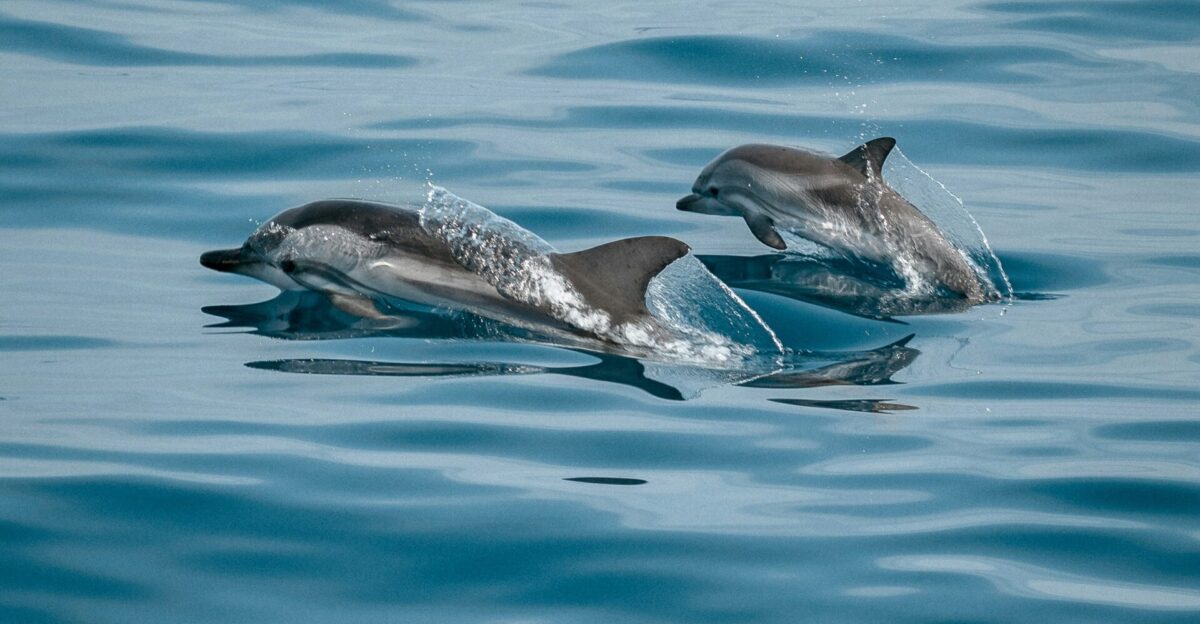
Dolphins are among the most highly developed non-human animals in terms of cognition; they have sophisticated social structures, self-awareness, and sophisticated communication. Their cultures rely on cultural transmission, learned behaviors, and signature whistles to identify individuals. Therefore, the disappearance of dolphins represents not only a drop in population but also the extinction of intelligent, culturally diverse societies.
Dolphin communities’ social structures are delicate and intricately linked to their survival. Social ties necessary for cooperative hunting, calf rearing, and predator avoidance are broken by disruption brought on by population fragmentation, habitat loss, and environmental stressors. Smaller groups are more vulnerable to threats and have fewer opportunities for cultural transmission.
Ecosystem and Human Consequences of Second-Order Effects
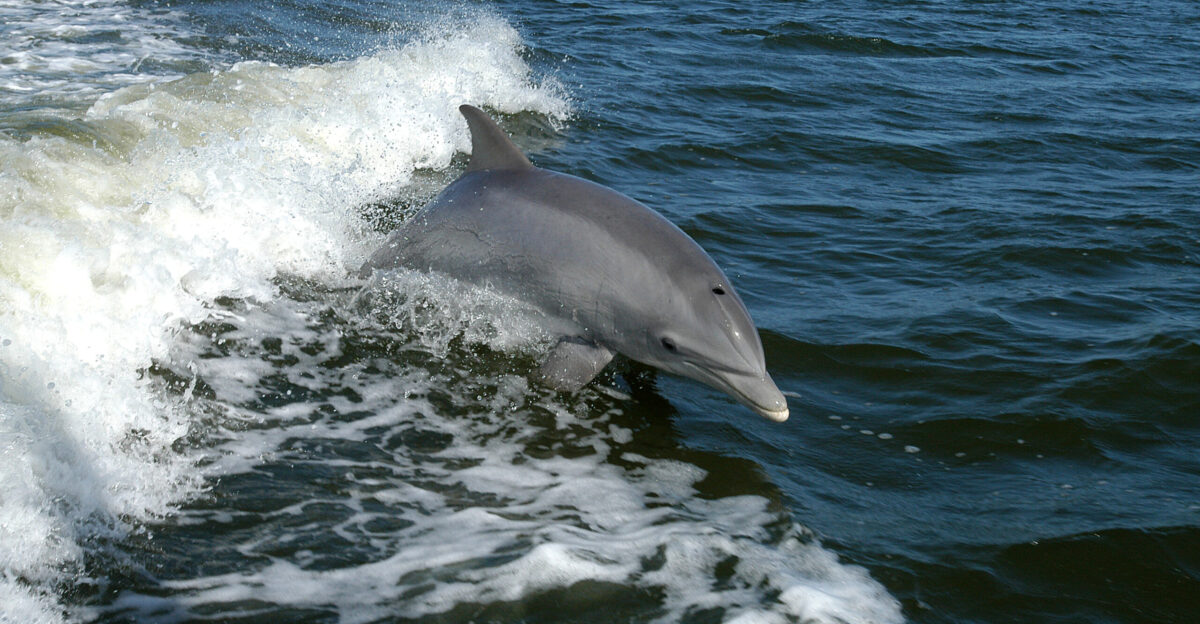
The decline of the dolphin population has a domino effect on the environment. Dolphins are apex predators and ecosystem engineers who help with nutrient cycling, fish population control, and the upkeep of robust aquatic food webs. Ecosystem imbalance, fishery collapses, and prey overpopulation result from their extinction. Aquatic habitat resilience and water quality are impacted by this destabilization.
Beyond the immediate ecological impacts, these second-order effects are also present. Degradation of aquatic ecosystems reduces ecosystem services like carbon sequestration and flood control while undermining biodiversity. Local and international markets are impacted by the financial losses caused by failing fisheries. Many indigenous and coastal communities have spiritual and cultural ties to dolphins, which are broken, undermining cultural identity and legacy.
The Reasons Why Present Conservation Efforts Are Not Enough
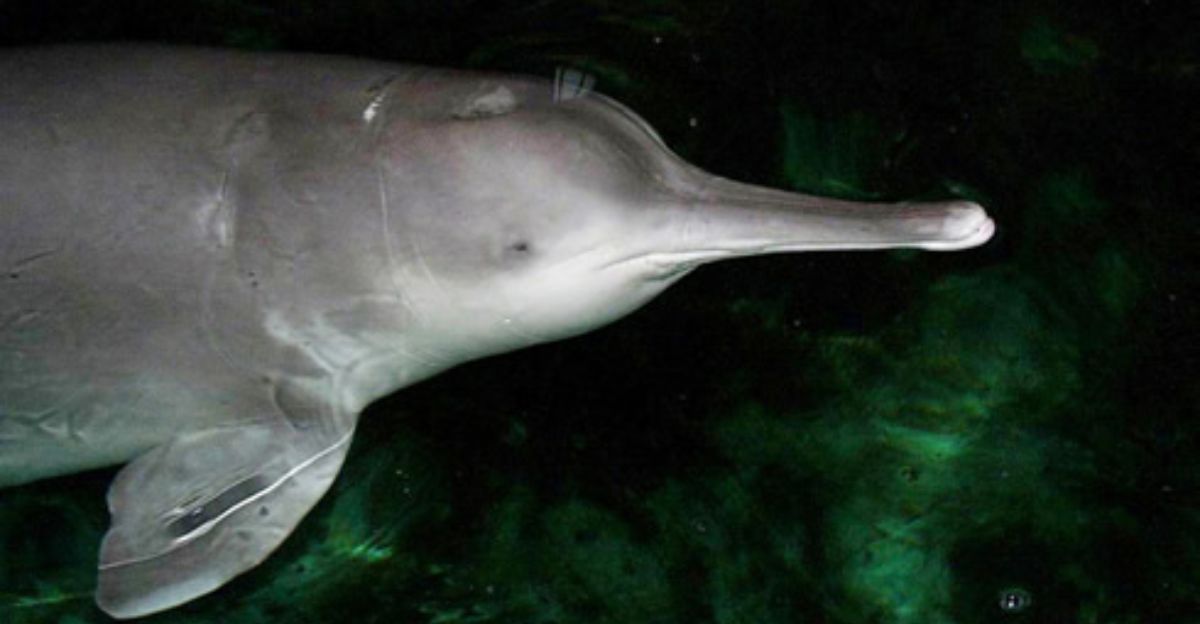
Although some environmentalists draw attention to isolated achievements, like brief population recoveries or protective laws, these are anomalies that conceal the larger inability to stop dolphin declines. The extinction of the Yangtze River dolphin and continued declines elsewhere overshadow the recovery of the Yangtze finless porpoise, for instance.
Systemic problems such as disjointed policies, inadequate funding, and conflicting economic interests are the cause of this inadequacy. Without addressing ecosystem integrity or the socioeconomic factors contributing to the decline, conservation efforts frequently concentrate on protecting species. Furthermore, coordinated international action is often lacking in the face of global threats like pollution and climate change.
The Die-Off of Amazon River Dolphins: An Extreme Case Study
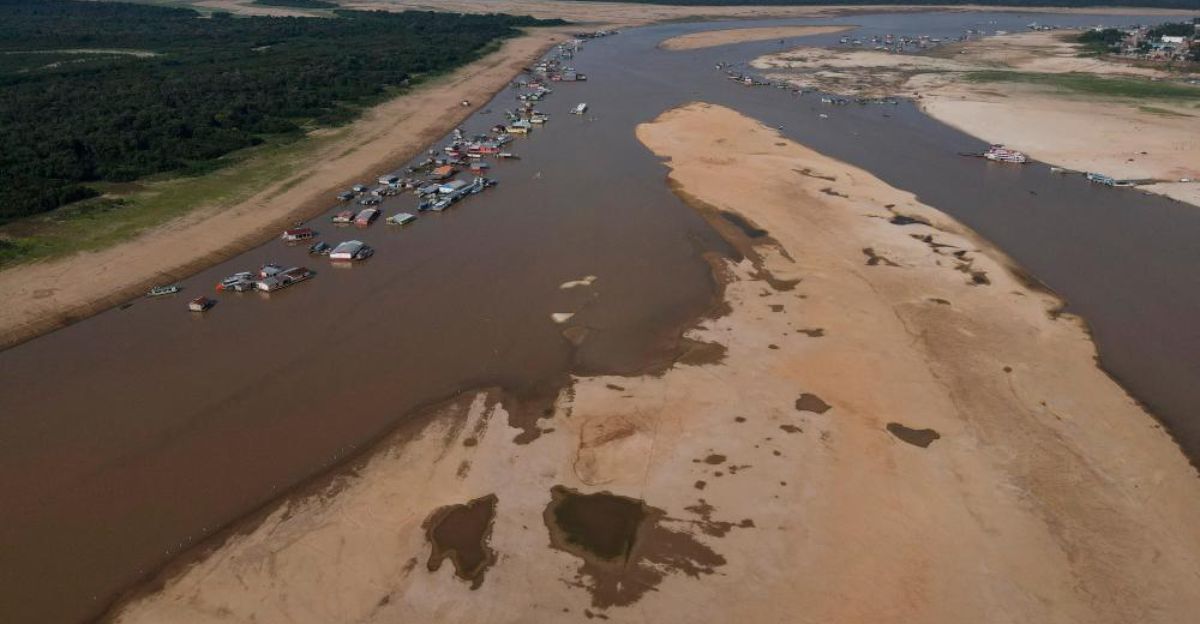
A catastrophic event directly related to climate extremes and habitat degradation occurred in 2023 when 154 Amazon river dolphins perished in a matter of weeks due to a severe drought in Brazil’s Lake Tefé. This mass death serves as an example of how disasters brought on by climate change overwhelm populations that are already under stress from human activity.
Freshwater dolphins, which live in some of the planet’s most endangered ecosystems, are particularly vulnerable, as the Lake Tefé incident makes clear. The effects of pollution, deforestation, and damming on river systems exacerbate the effects of climate change. In addition to eradicating rare species, the disappearance of these dolphins would upset the natural equilibrium of the Amazon basin, one of the planet’s most important hotspots for biodiversity.
The Effects of the Extinction Vortex
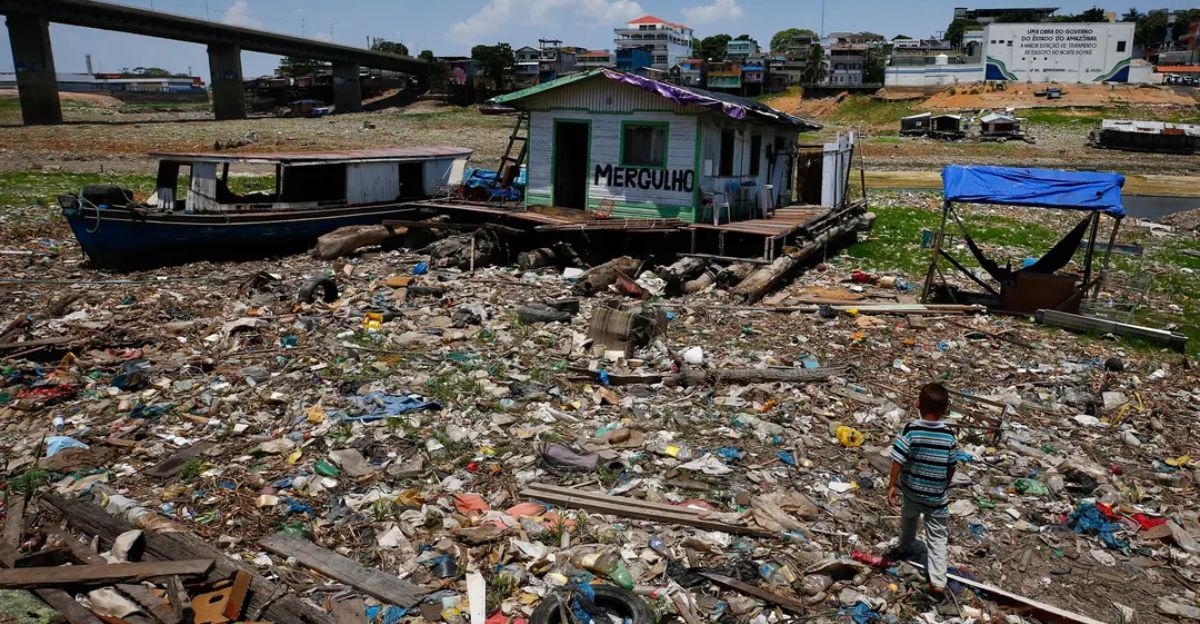
A self-reinforcing cycle of decline caused by genetic, demographic, and environmental factors has ensnared dolphin populations in an “extinction vortex.” Genetic diversity decreases with population decline, which lowers resistance to illness and ecological change.
The limitations of conventional conservation strategies that only address habitat preservation or anti-poaching are also brought to light by the extinction vortex. In addition to addressing more general environmental threats like pollution and climate change, effective intervention calls for genetic management, captive breeding, and habitat restoration. The vortex emphasizes how critical it is to act quickly because the window for recovery drastically shrinks once populations enter this cycle.
Facing the Uncomfortable Truth
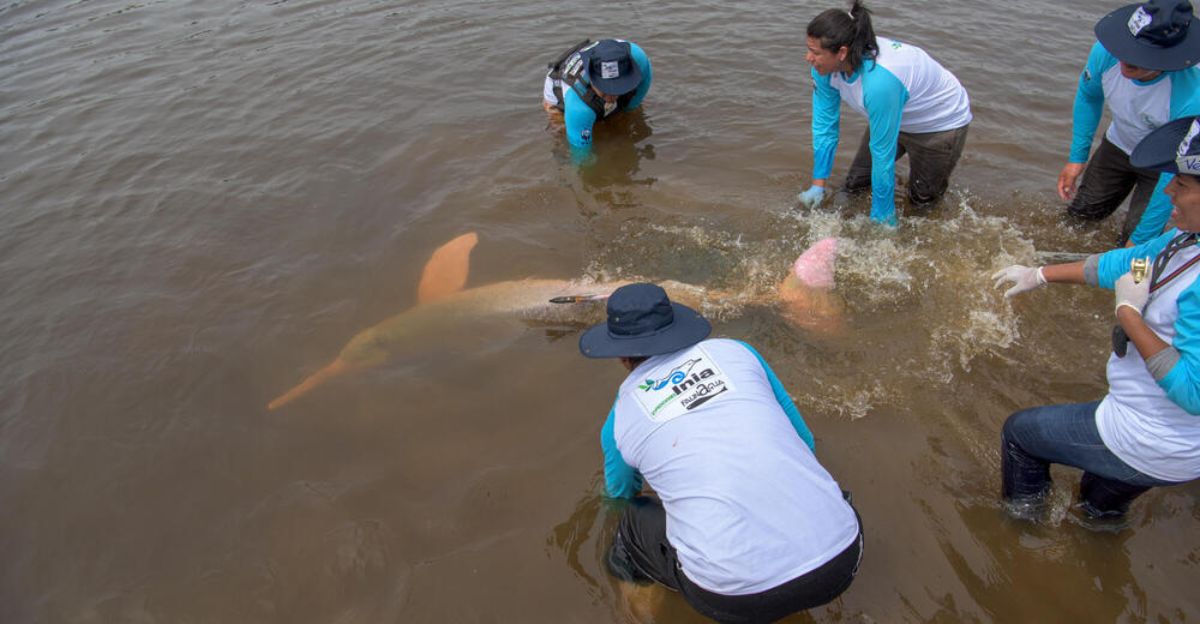
There is no question about the evidence, dolphins have reached the point of no return on a global scale. A deadly mix of habitat loss, pollution, climate change, and human exploitation is causing their populations to decline. Despite their necessity, conservation efforts have not been enough to effectively combat these forces. The disappearance of dolphins threatens aquatic ecosystems and human communities that depend on them, and it is a sign of a larger ecological collapse.
Transformative change is needed to address this crisis, integrated policies that address climate change, protect habitat, control pollution, and regulate fisheries. It calls for international collaboration as well as the incorporation of local and indigenous communities into conservation plans.







